The Cartilage (Arytenoid cartilage) belong to the larynx and have a major influence on the voice. They are connected by muscles, which makes them extremely flexible. Due to their external shape, they sometimes become too Pouring basin cartilage called.
What are the adjusting cartilages?
The two adjusting cartilages are located on the upper posterior articular surfaces of the cricoid cartilage. When the interconnecting cartilage muscles tighten, the cartilages move closer together.
These movements bring the vocal folds closer together, which are attached to the anterior part of the adjusting cartilage. In addition, the small glottis between the vocal cords is enlarged or narrowed. This is a crucial prerequisite for voice production (phonation). Another muscle that runs laterally to the cricoid cartilage is responsible for removing the vocal folds from each other, which in turn is important for inhalation.
Anatomy & structure
In addition to the relatively small adjusting cartilage, the human larynx consists of the significantly larger thyroid cartilage, the cricoid cartilage and the epiglottis. The so-called squirrel cartilage is also located on the adjusting cartilage. The thyroid cartilage is clearly visible and palpable from the outside; it forms the anterior wall of the larynx.
Colloquially, the thyroid cartilage is called the Adam's apple. The cricoid cartilage lies horizontally below it, followed by the cartilage braces of the trachea. The epiglottis then closes the entrance to the larynx from the pharynx and is connected to the thyroid cartilage. In addition to the muscles, the various cartilages are held together by ligaments. The larynx itself is suspended from the hyoid bone by means of a membrane and has a mucous membrane on the inside. The vocal cords (vocal cords) stretch between the two adjusting cartilages and the back wall of the thyroid cartilage.
The distance and tension of the vocal folds as well as the work of the larynx muscles are essential for the basic sound of the human voice. It is also called the primary larynx sound. It is then formed into speech sounds by movements of the tongue and mouth. Resonances in the throat, mouth and nose area ultimately result in the voluminous sound of the voice.
Function & tasks
During the process of swallowing, the larynx is pulled forward and upward by its muscles and thus closed with the epiglottis. This mechanism prevents solid or liquid food from entering the windpipe. Inflammation of the larynx is relatively common. They often result from infections of the respiratory tract. Larynx cancer is a typical disease among smokers.
Special infectious diseases such as diphtheria tend to appear as laryngitis. In many cases, the vocal cords are also severely affected. As soon as their finely tuned muscle system is damaged, their coarse tension changes slightly. The vocal folds can then no longer regulate the pitch of the voice correctly, which is why the voice, for example, becomes hoarse and brittle (“robot phenomenon”). The man's larynx is usually much larger than that of the woman. All cartilage of the larynx except for the epiglottis develop a strong tendency to ossify, which accelerates significantly with age. The cartilage in the casting basin in particular is at great risk from the inflammation of the cartilage skin on the larynx.
It is rare, but it is very dangerous. Severe suppuration can subsequently affect the adjusting cartilage, which in the worst case leads to the rejection of the cartilage. In such cases, they are excreted through coughing. The adjusting cartilage and with it the vocal cords are often damaged by a wide variety of inflammations of the mucous membranes (larynx catarrhs). Breathing cold, dusty and rough air is often enough for this. In addition, diseases of the mucous membranes arise from very strenuous speaking or singing. They work through increased mucus secretion and frequent coughing. When the mucous membranes swell noticeably, the voice often changes significantly. It suddenly swings from a rather low voice range into an unusually high pitch. Temporary voicelessness due to chronic hoarseness is also possible.
You can find your medication here
➔ Medicines for hoarsenessDiseases
Ulcers in the larynx area usually also form on the mucous membranes. For example, syphilis can cause very serious disfigurement of the larynx. These are called entanglements. They are often followed by scarring.
The voice is often threatened with silence because the glottis narrows or even closes completely. Larynx tuberculosis occurs very often, in the course of which large tubercular ulcers attack the mucous membrane. These threaten the larynx so severely that individual cartilages such as the two adjusting cartilages can be released and secreted. In addition, the epiglottis can be destroyed and the vocal folds destroyed. The cartilage can no longer fulfill its function. The posterior ends of the vocal folds are anatomically connected to the two cartilages of the pouring basin.
When breathing, the vocal folds open wide; the glottis located between them gets its typical triangular shape. If an opera singer has to produce a particularly high pitched note, her vocal folds open and close around a thousand times per second. Many different muscles are involved in this extremely sensitive mechanism. The vocal folds are built up in layers. The vocal muscle is the basis. Elastic fibers (lamina propria) lie above it. These form a band-like support that extends from the thyroid cartilage to the two adjusting cartilages.
These are the actual vocal cords (ligamentum vocale). Like the arytenoid cartilages themselves, they are covered with sensitive mucous membranes on their surface. A wide variety of pathogens settle there very quickly and easily, which can cause inflammation in the throat area and thus impairment of the voice.

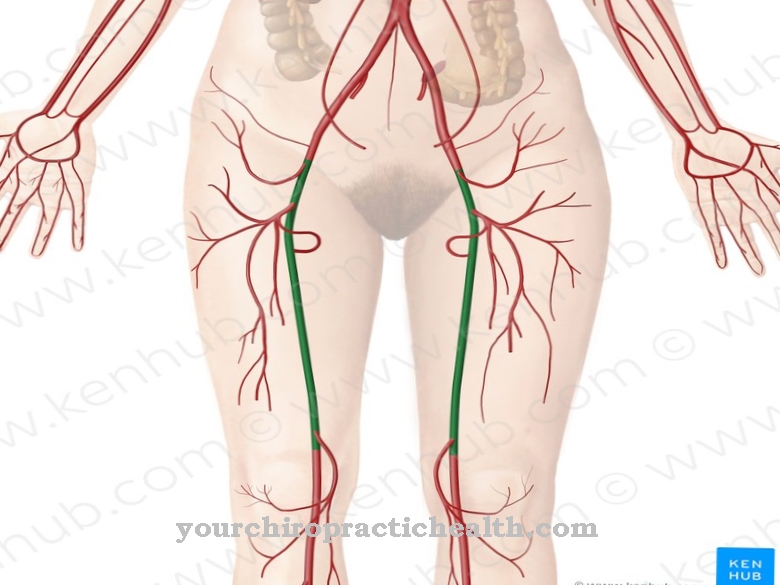


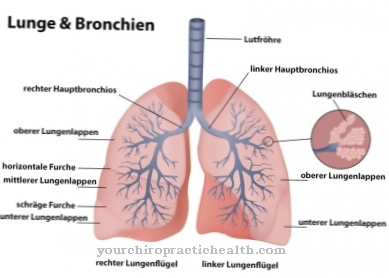
.jpg)
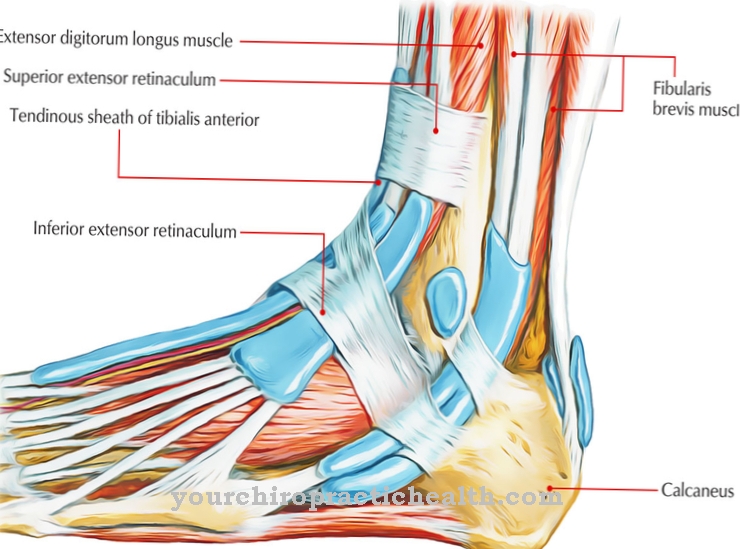

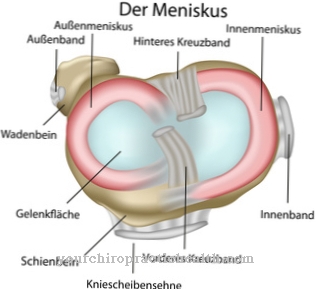

.jpg)

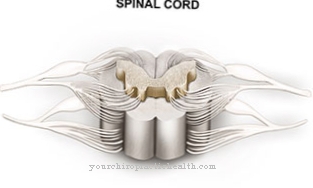


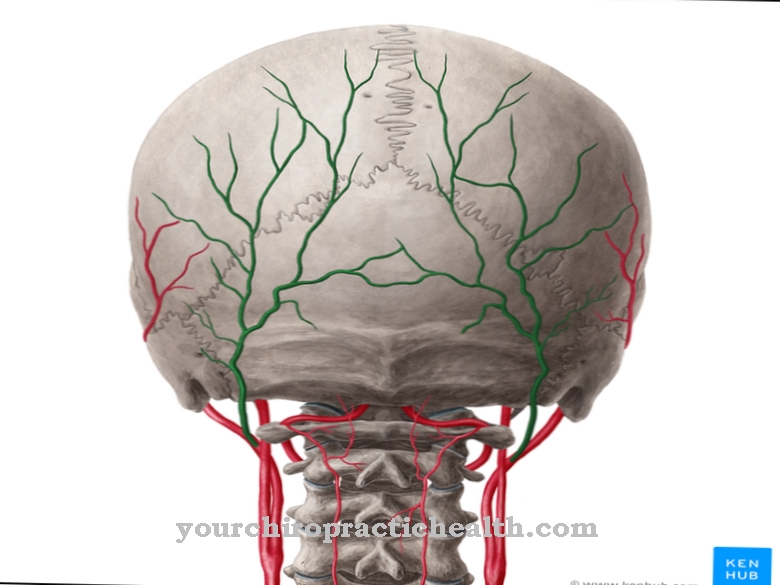





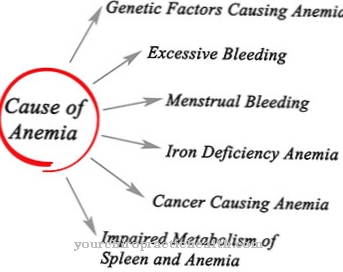





.jpg)